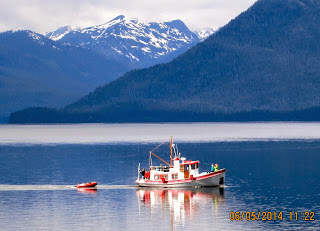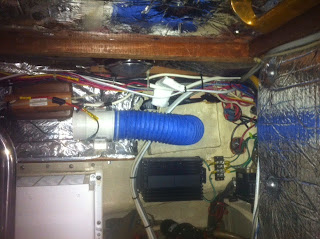Interview with Jay Sterling, Cruz-In #72
Jay and Marty Sterling live aboard their 37' tug in the Florida Keys. When it came time to consider renewing their comprehensive insurance, Jay set about investigating the costs and policies offered by various companies. Jay points out that there is a small loan on their boat. He and Marty had the option of purchasing a comprehensive policy for the entire value of the tug or insuring the boat for just the value of the loan. They chose to insure for the boat's full value. He discovered some insurance companies, such as Progressive, do not offer policies for live aboards. Others, such as USAA, will not cover a boat over 20 years of age. Another issue Jay brought up was that his marina, like many others, requires being listed as a beneficiary or loss payee on the policy. This covers the marina for damages caused by your boat (such as: fire or pollution) and it needs to specifically outlined in the policy.

After his due diligence, Jay chose Brown & Brown Insurance, Ft Lauderdale, Florida, for their price, coverage and most importantly (for him) because of their liberal navigation restrictions during hurricane season. With this policy cruising is covered year round in the Bahamas, along the Eastern Seaboard to Nova Scotia, the St Laurence, the Great Lakes and the Mississippi. From 1 June to 15 November cruising is restricted north of the Tropic of Cancer. This suits Cruz-In's crew to a tee.
The policy required an engine survey as well as an out of the water hull survey. [Note: Most insurance companies require a survey for any boat over 20 years old, and then again, about every five years]. These surveys added to the overall insurance costs, but Jay felt it was money well spent. The completed surveys required that a high water alarm plus two new 500 Racor filters be installed and that the rudder post hose be replaced before the insurance would be issued. Jay reduced his premium costs by choosing a deductible of $3,750 for the boat and $6,250 for hurricane damage, ending up with a policy costing approximately $2,400 per year. The policy provides $500,000 each for liability, environment and uninsured coverage; $25,000 medical policy per person; and $1,000 personal item coverage (maximum of 5 per year).
Jay is quite happy with the policy and hopes his research, comments and experience might prove helpful to other LNVT owners.

















































